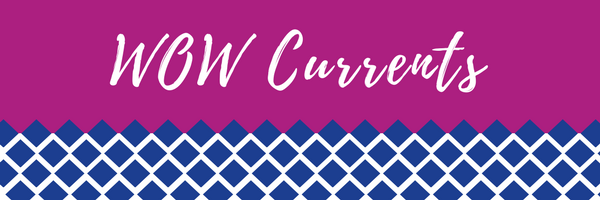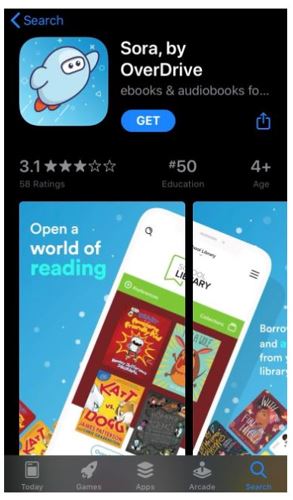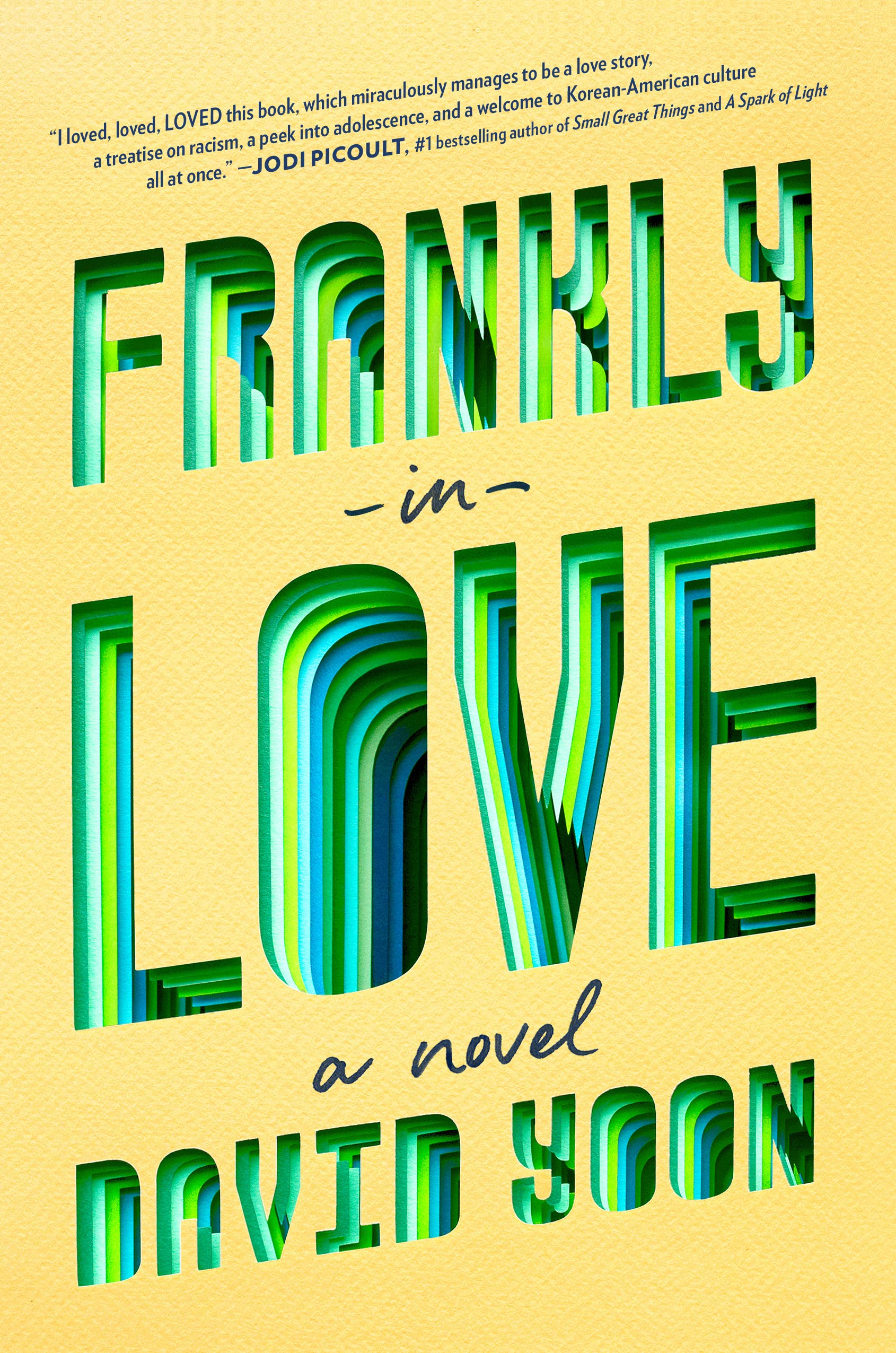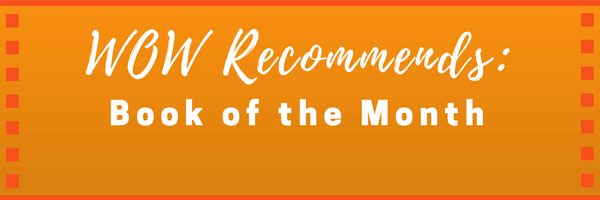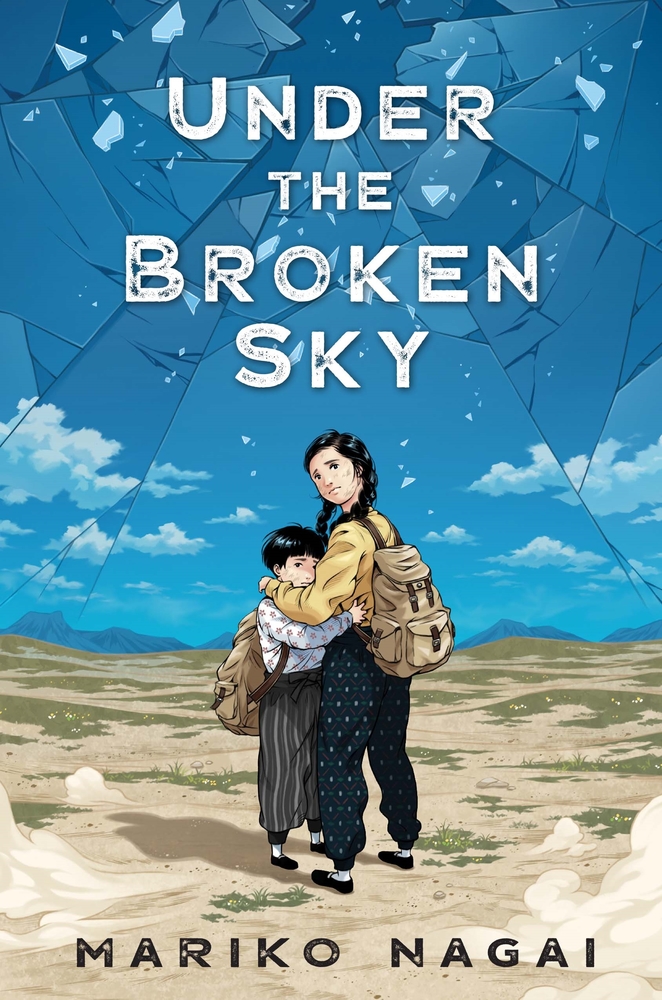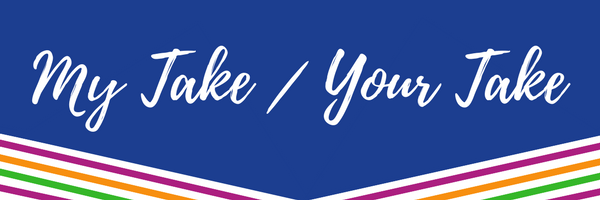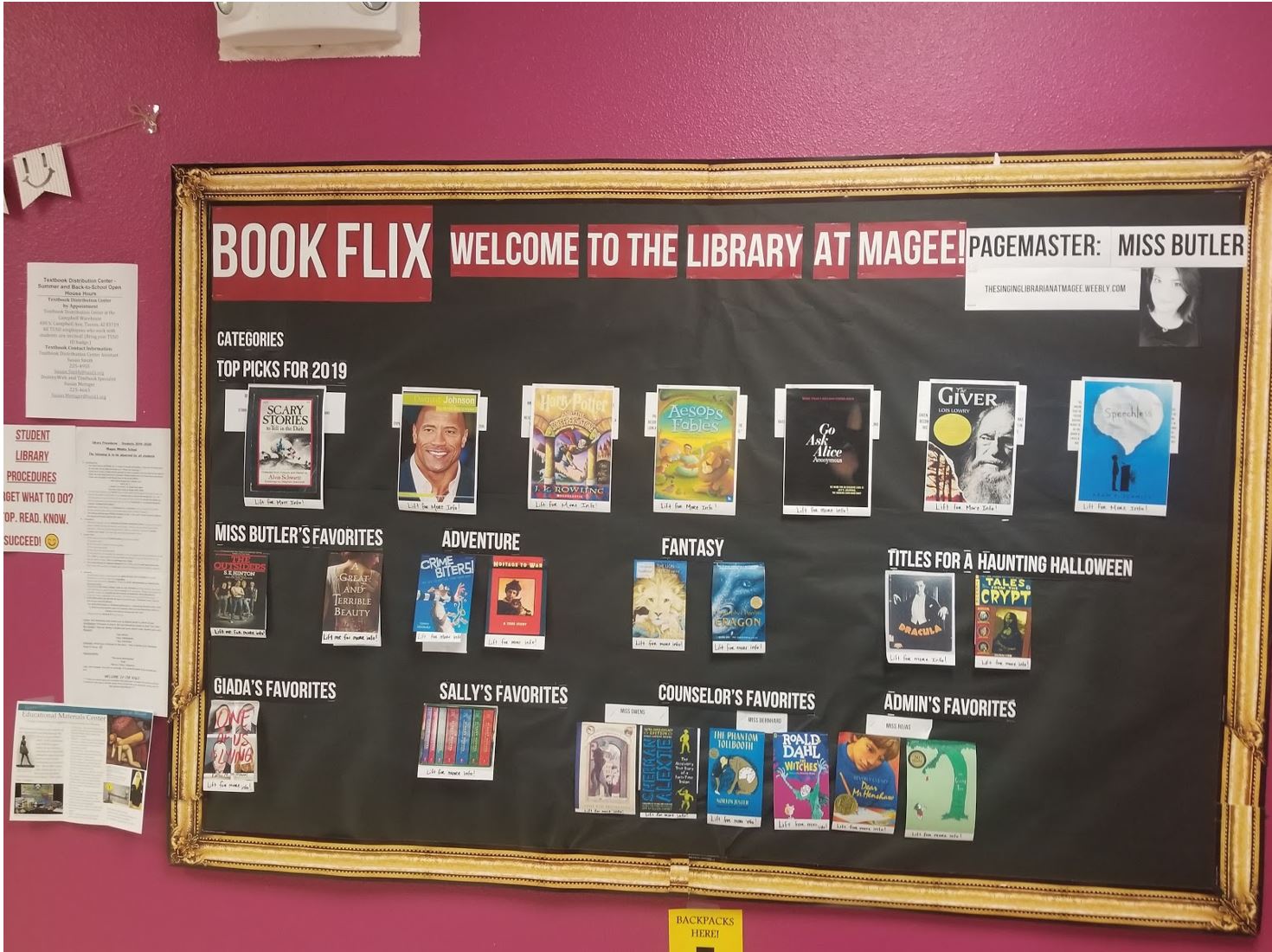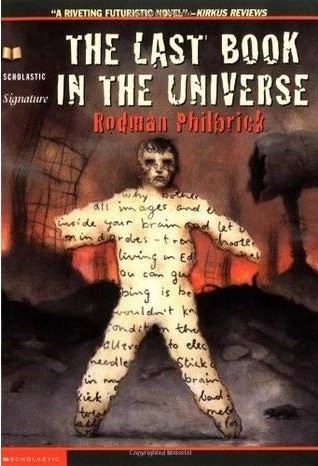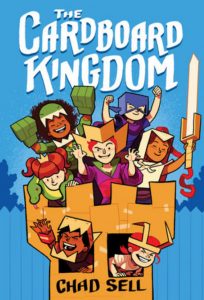Yoo Kyung Sung, University of New Mexico, Albuquerque, NM, Junko Sakoi, Tucson Unified School District, Tucson, AZ
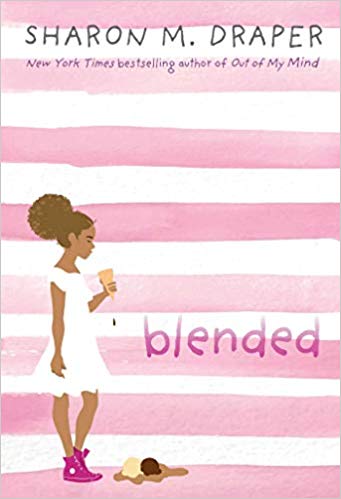
A few years ago, Yoo Kyung and I (Junko) worked with Mr. Wilson’s 8th graders in Tucson Unified School District (TUSD), Tucson, AZ. We shared with them Blended (2018) by Sharon M. Draper through its audiobook and printed text. Blended is a contemporary realistic fiction story of Isabella, a biracial 11-year-old girl, with a Black father and White mother. Isabella’s parents are divorcing and having a new family. One week is Dad’s Week, where she spends her week at her dad’s place with his girlfriend and her son in a fancy big house. Alternatively she spends her week at her mom’s (Mom’s Week) with her mom and her boyfriend in a small, not fancy house. Switching houses, nicknames (i.e. mom calls her Izzy and dad calls her Isabella), and school backpacks every week make Isabella feel stuck between the two lives and ripped in two. At school and in public spaces, she faces racial violence, discrimination, and police-involved shooting. Going through all of these, Isabella begins to think of who she is and how her identity, parents’ divorce, and racism impacts her life and relationships with families and schoolmates. (Watch the Blended book trailer here.) Continue reading

